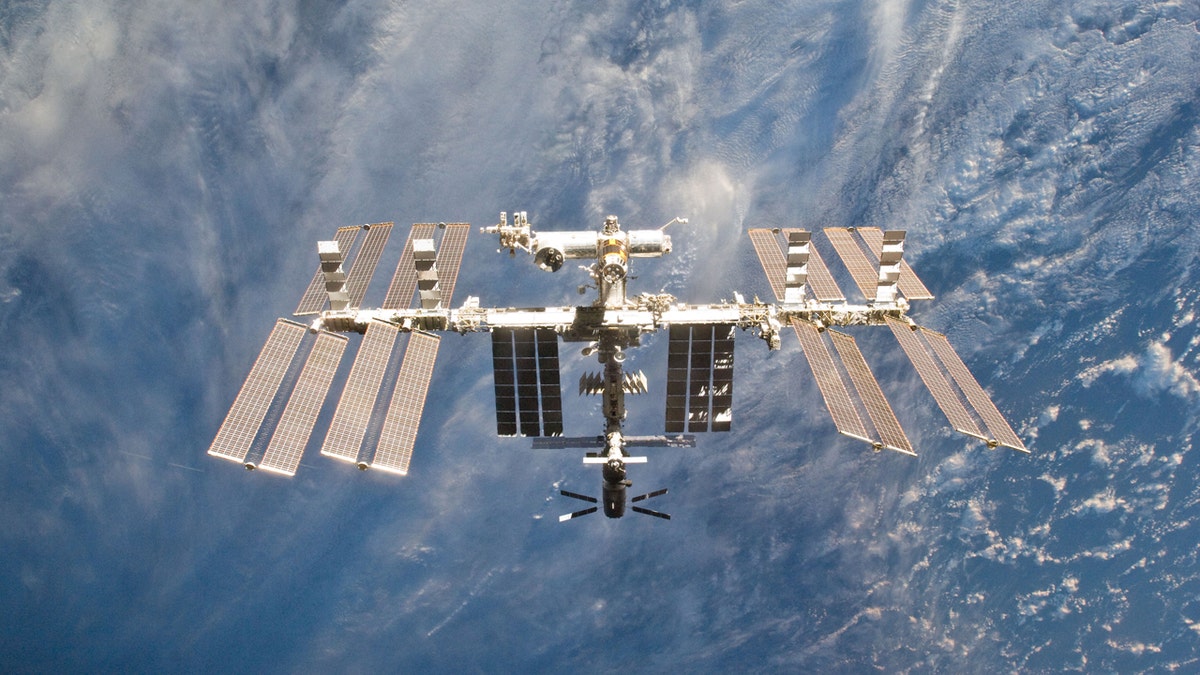Fox News Flash top headlines for February 24
Fox News Flash top headlines are here. Check out what's clicking on Foxnews.com.
Sometimes the people looking after a building get a little behind on maintenance. Sometimes the same thing happens to the people looking after the International Space Station.
Two astronauts are preparing for a spacewalk this weekend to prepare for the upcoming replacement of the solar arrays designed to last 15 years and were installed on the ISS more than 20 years ago, according to NASA.
Flight engineers Kate Rubins and Victor Glover will step out of the ISS for the spacewalk. They’ll be assembling and installing equipment for the upcoming upgrades that will both replace the current degrading solar arrays and increase the station’s available power from 160 kW to 215 kW, according to NASA. A SpaceX rocket is scheduled to deliver new arrays later this year.

Flight engineers Kate Rubins and Victor Glover will step out of the ISS for the spacewalk on Sunday.
HERE’S HOW NASA’S PERSEVERANCE ROVER WILL SEARCH FOR LIFE ON MARS
This will be the third spacewalk for both astronauts.
"The on-orbit crew this week has been very busy," Flight Director Marcos Flores said during a news conference Wednesday. "They’ve been working a lot to make sure that they have all their procedures reviewed and all their training completed."
CLICK HERE TO GET THE FOX NEWS APP
The astronauts are scheduled to step out at about 6 a.m. EST on Sunday. The spacewalk is expected to last about six and a half hours.
The spacewalk on Sunday is the first of two upcoming maintenance spacewalks scheduled for the ISS. On March 5, Rubins will venture out again with Japanese astronaut Soichi Noguchi to vent ammonia, among other tasks. They’ll also install a "stiffener" on the airlock thermal cover.

The spacewalk on Sunday is the first of two upcoming maintenance spacewalks scheduled for the ISS. (REUTERS/NASA/Handout)
CLICK HERE TO SIGN UP FOR OUR LIFESTYLE NEWSLETTER
These will be the 235th and 236th spacewalks from the ISS.
While some of the astronauts aboard the ISS were preparing for their upcoming spacewalks, others were busy unpacking four tons of cargo that arrived on a Northrup Grumman Cygnus resupply ship, according to NASA. Equipment delivered to the station includes supplies, new science hardware like freezers for biological samples and other equipment.

